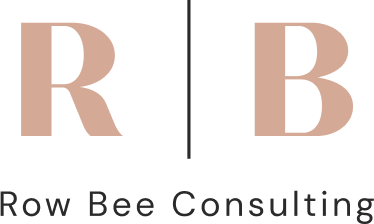Building the Foundation of Success: The Importance of Creating a Solid Job Architecture

In today’s dynamic and ever-evolving job market, organizations are constantly seeking ways to improve their operational efficiency and retain top talent. One crucial aspect that often goes unnoticed but plays a pivotal role in achieving these goals is creating a solid job architecture. Job architecture refers to the systematic approach of defining job roles, responsibilities, and career paths within an organization. By establishing a robust job architecture, companies can streamline their workforce, enhance employee engagement, and foster a culture of growth and development. This article explores the significance of building a solid job architecture and how it benefits both employees and the organization as a whole.
Clear Job Roles and Responsibilities
A well-designed job architecture provides a clear framework for defining job roles and responsibilities. By establishing well-defined job descriptions, employees gain a better understanding of their roles, which reduces role ambiguity and enhances productivity. Moreover, it enables managers to delegate tasks more effectively and ensures that the right person is assigned to the right job, optimizing the overall performance of the organization.
Competitive Compensation and Rewards
A solid job architecture facilitates the creation of a fair and competitive compensation structure. With clearly defined job levels and job families, organizations can develop appropriate pay grades for each role based on its importance, complexity, and required skills. This ensures that employees are rewarded fairly for their contributions, leading to increased job satisfaction and reduced turnover rates.
Employee Development and Advancement
Employees are more likely to be engaged and motivated when they see a clear path for their career growth within the organization. A well-structured job architecture provides a roadmap for advancement, outlining the skills and experiences required for progression to higher-level roles. This encourages employees to invest in their professional development and fosters a culture of continuous learning and improvement.
Succession Planning and Talent Management
Incorporating a solid job architecture is instrumental in developing effective succession planning and talent management strategies. Identifying potential candidates for future leadership roles becomes more seamless when there is a clear understanding of the skills and competencies needed at each level of the organization. This proactive approach ensures that there are capable and prepared individuals ready to step into key positions, mitigating disruptions caused by unexpected departures or retirements.
Organizational Agility and Adaptability
As businesses adapt to changes in the market, having a flexible job architecture becomes crucial. A well-structured job architecture allows organizations to reconfigure teams and roles quickly to meet evolving business needs. It enables the seamless integration of new roles or departments and facilitates cross-functional collaboration, which enhances overall organizational agility.
Enhanced Employee Engagement and Retention
Employee satisfaction and engagement are directly linked to the clarity and transparency of an organization’s job architecture. When employees understand their career path and have access to opportunities for growth, they are more likely to feel valued and committed to the organization. This, in turn, leads to higher retention rates, reducing the costs associated with hiring and training new employees.
Conclusion
In conclusion, a solid job architecture serves as the foundation for organizational success. By providing clarity in job roles, ensuring fair compensation, promoting employee development, and enabling effective talent management, organizations can build a motivated, engaged, and adaptable workforce. Embracing a comprehensive job architecture not only benefits employees by offering clear career paths but also empowers organizations to optimize their talent pool, increase productivity, and stay competitive in an ever-changing business landscape. As businesses continue to grow and evolve, investing in a solid job architecture will remain an essential strategic imperative.

